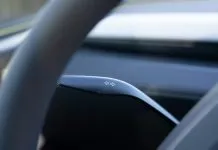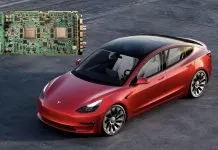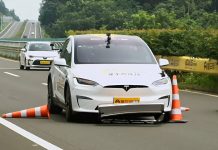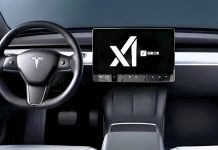In a stroke of pragmatism and humility, Tesla has reinstated the traditional turn signal stalk on the Model 3, reversing one of the company’s older design choices from recent years. The new Model 3, released two years ago, removed both of the steering column stalks and replaced them with touch-sensitive buttons on the steering wheel and the screen control panel.
The move was not only to make the driving process easier but also to push the envelope in automotive design, and it was met with quite a lot of criticism by drivers who felt that it was not intuitive, distracting, and not as safe as the tried-and-tested stalk.
Today, Tesla is silently admitting the critics were right. Beginning with China, a physical turn signal stalk will now be standard again on new Model 3s. Retrofitting at service centers, Tesla will be able to retrofit existing owners with the update starting next month. The retrofit costs the equivalent of about $350 (2,499 yuan) and initially will be available for vehicles built after February 7, 2025. Earlier vehicles will be included as well, although a little later on.
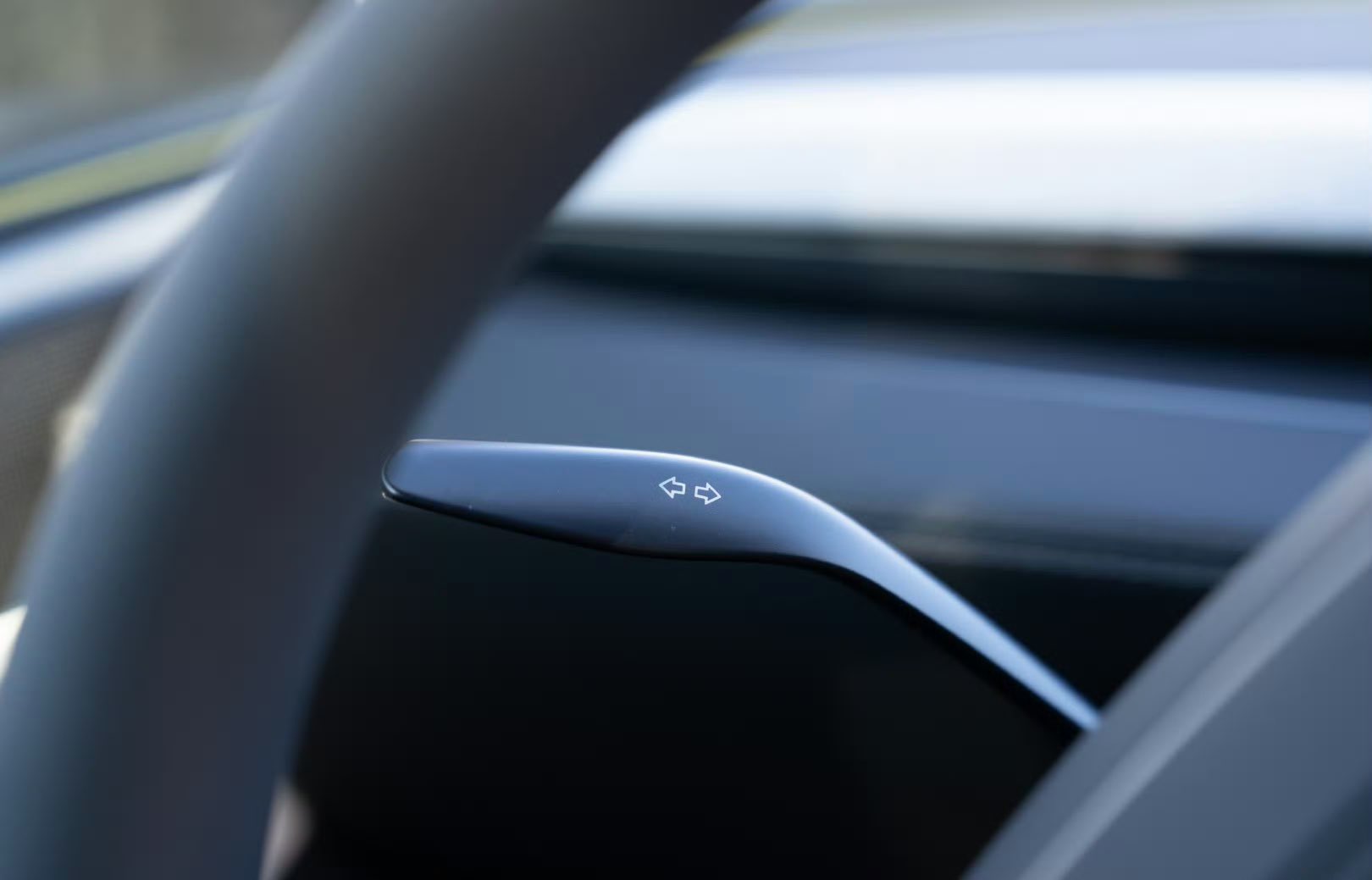
Why Tesla Took the Stalks From Horizontal to Vertical
Tesla also has a philosophy of reducing or getting rid of unnecessary elements, so it was not unexpected when they removed the stalks on the refreshed Model 3. Rather than the column-mounted stalks, capacitive buttons on the steering wheel were supposed to be used to signal as well as change gears, whereas the other functions shifted to the centrally located touchscreen. Tesla rationalized that this simplified design minimized clutter, and this was the future of autonomous cars, when manual inputs increasingly became less important.
However, it was a problem in search of a solution for many owners. The role that muscle memory plays when driving is massive, and turn signal stalks have not changed much in decades. They are safe and simple, and you know that the signal will work. Second, it requires the driver to press the buttons or touch the screen, and, besides being awkward to do this with gloves on, it adds a lot of distraction, which contradicts the Tesla vision to make the drive safer with the help of technology.
The Retrofit: A Step Toward Making Things Right
It is more significant that Tesla has decided to sell a retrofit since it does not often change its mind about significant design decisions. The stalk will soon become accessible to owners in China, as they can also go ahead and book a service appointment in order to have the stalk mounted on their cars. The price is not nothing at $350, but to most people it will be worth the money they pay to once again feel relaxed in a format they are used to.
At this point, its retrofit is only assuredly known in China, as there is yet no announcement on whether it would reach the United States or any other market, for that matter. Other people who do not like the stalkless setup may not be as lucky as all American Model 3 owners—at least on official terms. But the aftermarket firms, such as Enhauto, have intervened with innovative fixes. Others are selling stick-on stalks, and others, full integration with the steering column, practically reversing the Tesla design decision.
But for many owners, however, the innovation was the creation of a problem that did not exist. Muscle memory is a big contributor to driving, and turn signal stalks are practically the same today as they were forty years ago because they are safe, intuitive, and reliable. Promoting driving with buttons or the screen was not only unnatural but also introduced some distractions that diluted the mission of enhancing safety on the road because of the use of the technology.
The Trend of Bold Actions and Reversals
It is not the only occasion when Tesla tried something radically new and then decided to bring it back. In 2021, the company introduced the refreshed Model S with a so-called “yoke” steering wheel, a futuristic rectangular steering wheel that did not feature a wheel anymore. The move was defended at first by the CEO, Elon Musk, who asserted that the yoke had come and it was here to stay.
However, only two years hence, Tesla once again made a round steering wheel the standard, with the yoke becoming a $1,000 add-on on the Tesla Plaid variants of the Model S and Model X.
Turn signal stalk reactivation falls into the same pattern. Tesla also excels at breaking the rules and trying radical new concepts; however, not every risk works in the real world. In cases where customer resistance is stiff enough—and safety is involved—the firm has demonstrated its ability to change.

